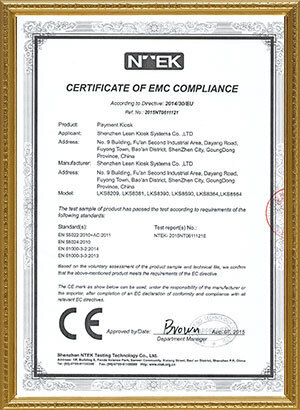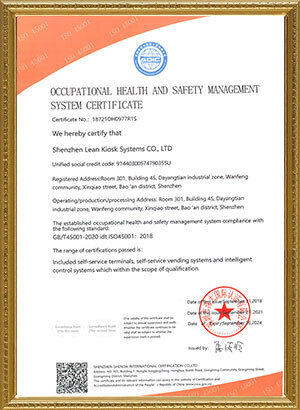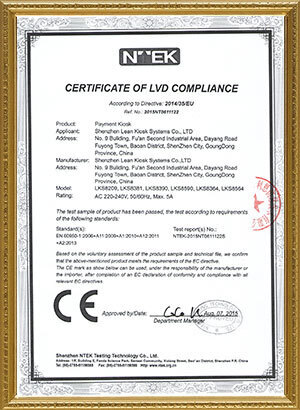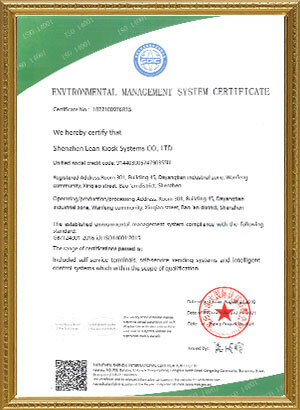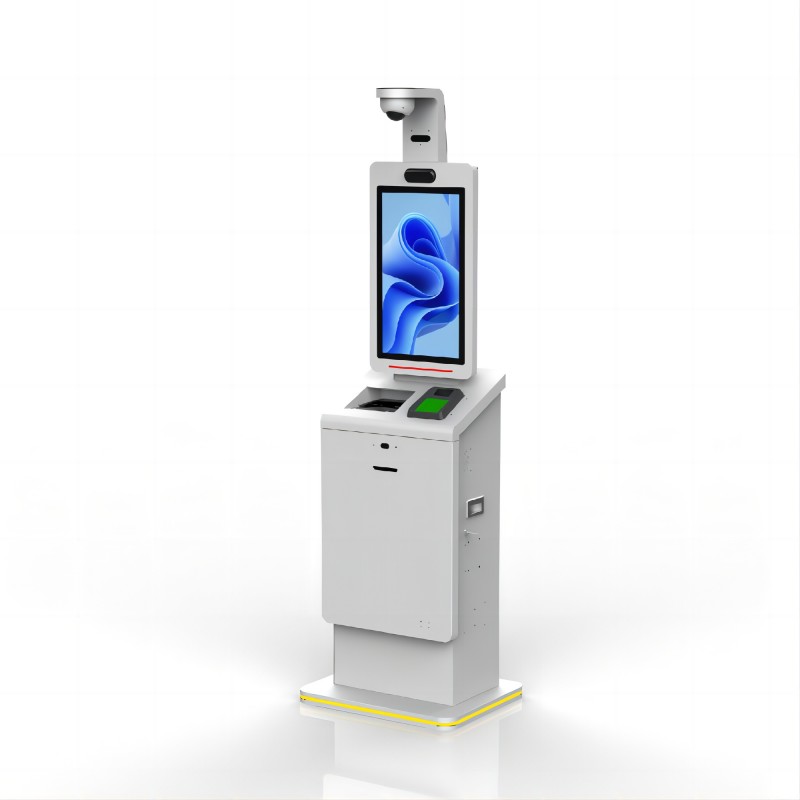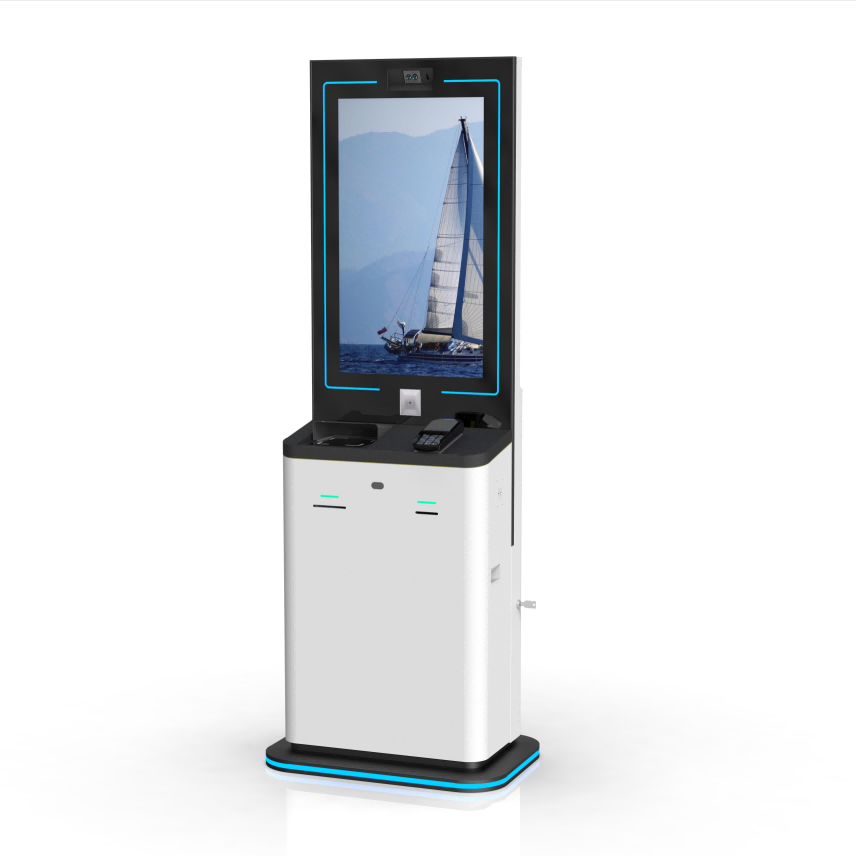Self-Check-In Kiosks in Airports: Revolutionizing Passenger Experience
The global aviation industry has seen significant technological advancements in recent years, and one of the most transformative developments is the introduction of self-check-in kiosks. Airports worldwide are increasingly adopting this technology to streamline passenger check-in processes, improve efficiency, and enhance the overall travel experience. This article explores the importance of self-check-in kiosks in modern airports, their features, benefits, and their role in revolutionizing passenger service.
What is a Self-Check-In Kiosk?
A self-check-in kiosk is an automated terminal that allows passengers to independently complete their check-in procedures without the need for assistance from airport staff. These kiosks are equipped with user-friendly interfaces that guide passengers through the process of verifying their booking, selecting seats, printing boarding passes, and checking luggage tags. By enabling a contactless and efficient check-in experience, these kiosks help reduce long queues and improve operational efficiency in busy airport environments.
Key functionalities typically include:
Passenger authentication through booking reference or passport scanning.
Seat selection and onboard preferences.
Boarding pass issuance, either printed or digital.
Baggage check-in and tag printing.
This advancement is critical in a world where passengers are seeking speed, convenience, and minimal human contact during their airport journey.

Self Check-In Kiosk Components and Specifications
| Component | Description | Specifications |
|---|
| Touchscreen Display | User-friendly interface for passengers to interact with the kiosk. | 21.5" capacitive touchscreen, Full HD, multi-touch functionality |
| Passport/ID Scanner | Scans and verifies passenger passports or ID documents. | Integrated OCR/Barcode scanner, supports ICAO-compliant passports |
| Boarding Pass Printer | Prints paper boarding passes for passengers after check-in. | High-speed thermal printer, 80mm width, auto-cutter |
| Bag Tag Printer | Issues luggage tags for checked baggage. | Thermal printer, 2" width for baggage tags |
| NFC/RFID Reader | For contactless transactions like mobile boarding pass scanning or loyalty card reading. | Supports NFC, RFID, and QR code scanning |
| Payment Terminal (optional) | Accepts payments for additional services, upgrades, or excess baggage fees. | EMV-compliant payment terminal, supports credit card and mobile payments |
| Camera | Captures passenger images for verification or security purposes. | 5MP HD camera, face recognition capability |
| Speakers | Provides audio instructions for passengers. | Built-in stereo speakers |
| Operating System | The software platform that runs the kiosk interface. | Windows/Linux OS |
| CPU | Ensures smooth performance for all kiosk functions. | Intel i5/i7 processor |
| Connectivity | Allows real-time integration with airline databases and the internet. | Ethernet, Wi-Fi, 4G/5G support |
| Chassis | Durable and secure housing for all components. | Powder-coated steel, vandal-proof, and weather-resistant (for outdoor use) |
| Accessibility Features | Provides easy access for passengers with disabilities. | Adjustable height, Braille keyboard, voice assistance |
| Power Supply | Supplies power to the kiosk. | AC 110V/220V |
Video overview of setting and description: setting: airport description: self-check-in kiosk
Below is the video of our self-check-in kiosk at the airport. It showcases how the kiosk streamlines check-ins, from seat selection to boarding pass printing, for a fast, convenient experience. please read it to learn more.
In the video above, we demonstrate our self-check-in kiosk at the airport, highlighting its efficiency and user-friendly design. Passengers can easily scan their passports, select seats, and print boarding passes within minutes. The kiosk reduces wait times, enhances passenger flow, and provides a seamless travel experience, ensuring a smooth start to their journey.
Key Features of Self-Check-In Kiosk in Airport
Airports require specific features from self-check-in kiosks to meet operational needs and cater to passenger expectations. Below are some of the most prominent features:
Touchscreen Interface: Intuitive design that supports multilingual options, accommodating passengers from various regions.
Passport and Document Scanners: Many kiosks are equipped with scanners to read passports, visas, and other travel documentation for instant verification.
Bag Tag Printers: An integrated printer generates tags for checked luggage, streamlining the baggage drop-off process.
NFC and QR Code Readers: For contactless interactions, kiosks support mobile boarding passes, payments, and loyalty card scanning.
Real-Time Airline System Integration: These kiosks sync with airlines' central systems, ensuring accurate passenger data retrieval, flight information, and seat availability.
Multi-language Support: To facilitate international travelers, most kiosks offer support for various languages, minimizing confusion and miscommunication.
Accessibility Features: Many kiosks include features like height adjustability and voice-guided prompts for passengers with disabilities.
These features empower passengers to manage their travel process while allowing airports to enhance throughput without requiring additional staffing.
The Benefits of Self-Check-In Kiosk for Airport
The integration of self-check-in kiosks presents numerous advantages for both airport operations and passengers:
Reduced Congestion: One of the primary benefits is the reduction of long queues at check-in counters, especially during peak travel times. This leads to improved passenger flow and a more organized airport environment.
Operational Efficiency: Airports can manage larger volumes of passengers without needing additional staffing. This results in lower operational costs while maintaining efficient service delivery.
Enhanced Passenger Experience: By reducing wait times and enabling a seamless check-in process, self-check-in kiosks enhance the overall travel experience. Passengers appreciate the autonomy and speed these kiosks offer.
Scalability: Kiosks allow airports to scale operations effectively, especially in handling fluctuating passenger traffic during peak seasons or sudden increases in flights.
Safety and Hygiene: In the post-pandemic world, contactless interactions are highly valued. Self-check-in kiosks reduce the need for human contact, making travel safer for passengers and staff alike.
Deploying these kiosks aligns with both economic and passenger-centric goals for modern airports.

| Step | Description |
|---|
| 1. Approach Kiosk | Locate the self-check-in kiosk in the airport terminal. Make sure you have your passport or booking information ready. |
| 2. Select Language | Choose your preferred language from the kiosk interface. This ensures that the instructions are displayed in your language. |
| 3. Scan Passport or Enter Booking Info | Use the passport scanner to scan your passport, or manually enter your booking reference number. |
| 4. Verify Flight Details | The system will retrieve your flight information. Confirm your flight details and proceed to the next step. |
| 5. Select Seat | The interface will show available seats. You can choose your preferred seat or upgrade to premium seating if available. |
| 6. Print Boarding Pass | Once you confirm your details, the kiosk will print your boarding pass. You may also opt for a mobile boarding pass. |
| 7. Check Baggage (Optional) | If you have checked baggage, you can print luggage tags at the kiosk. Attach the tags to your bags and proceed to the baggage drop-off point. |
| 8. Payment for Extras (Optional) | If applicable, use the payment terminal for any additional fees, such as extra baggage or seat upgrades. |
| 9. Complete Check-In | Review your boarding pass and ensure that all information is correct. You are now ready to proceed through security. |
Enhancing the Passenger Journey: How Self-Check-In Kiosks Improve Efficiency
For passengers, the key value of self-check-in kiosks lies in efficiency. Airports are typically associated with long wait times and crowded counters. Kiosks significantly reduce these pain points, offering an optimized and time-saving experience.
Passengers can now manage their check-in at their own pace, avoid standing in lines, and bypass traditional counter procedures. In busy airports, this means travelers can spend more time relaxing, shopping, or dining rather than dealing with administrative tasks. This self-service process is especially valuable for frequent and business travelers who prioritize speed and convenience.
Customizable Solutions for Airports: Tailoring Self-Check-In Kiosks to Your Needs
Airports vary in size, passenger demographics, and operational demands. Self-check-in kiosks offer customizable solutions that can be tailored to the specific needs of each location. Some airports may require a larger number of kiosks with multilingual support, while others may focus on integrating their kiosks with specific airline systems.
Customization options include:
Branding and Design: Kiosks can be branded with the airport’s or airline’s colors and logos to reinforce identity.
Software Integration: Airports can integrate their kiosks with security systems, boarding control systems, and loyalty programs for a seamless, end-to-end experience.
Hardware Add-ons: Depending on the airport’s needs, kiosks can be equipped with additional hardware such as card readers, ticket printers, or payment gateways.
This level of customization ensures that kiosks meet current needs and can evolve with changing demands.

How to Implement Self-Check-In Kiosks in Airports: A Step-by-Step Guide
Implementing self-check-in kiosks involves several key steps to ensure smooth installation and integration into airport operations:
Needs Assessment: Determine the airport’s specific needs based on passenger volume, flight frequency, and operational bottlenecks.
Selection of Kiosk Models: Choose a kiosk model that fits the airport’s infrastructure and technological requirements.
Customization and Branding: Adapt the kiosk to reflect the airport’s or airline’s branding and ensure the user interface is optimized for passenger demographics.
Integration with Airline and Security Systems: Work with kiosk manufacturers to integrate software that syncs with airlines, security protocols, and baggage handling systems.
Installation and Testing: After installation, conduct thorough testing to ensure the kiosks function as expected under different load conditions.
Training Staff and Passengers: Train airport staff on kiosk maintenance and troubleshooting. Offer passengers guides or assistants during the initial rollout to maximize adoption.
Ongoing Maintenance: Establish a maintenance schedule to address wear and tear and ensure kiosks are up to date with the latest software and hardware upgrades.
Case Studies: Success Stories of Self-Check-In Kiosks in Major Airports
Major airports around the world have successfully implemented self-check-in kiosks, resulting in improved efficiency and passenger satisfaction. For example:
Singapore Changi Airport: Changi has deployed self-check-in kiosks in all terminals, contributing to its reputation as one of the world’s most efficient airports. The kiosks handle a large portion of passenger traffic during peak hours, reducing congestion at traditional counters.
Heathrow Airport, London: Heathrow introduced self-check-in kiosks to enhance passenger flow, particularly for business travelers. The kiosks have improved overall check-in times and allowed the airport to manage increased traffic without expanding physical infrastructure.
These case studies highlight the tangible benefits and successes of implementing self-check-in kiosks.
Frequently Asked Questions (FAQs)
Q: How do self-check-in kiosks work?
A: Passengers input their flight information or scan their passport to retrieve their booking, select seats, and print their boarding pass.
Q: Are self-check-in kiosks secure?
A: Yes, self-check-in kiosks follow strict security protocols, including encryption and direct integration with airline systems, ensuring passenger data is handled securely.
Q: Can self-check-in kiosks be used for all airlines?
A: Most kiosks are designed to work with multiple airlines, though some may require specific integrations depending on the airline's system.










